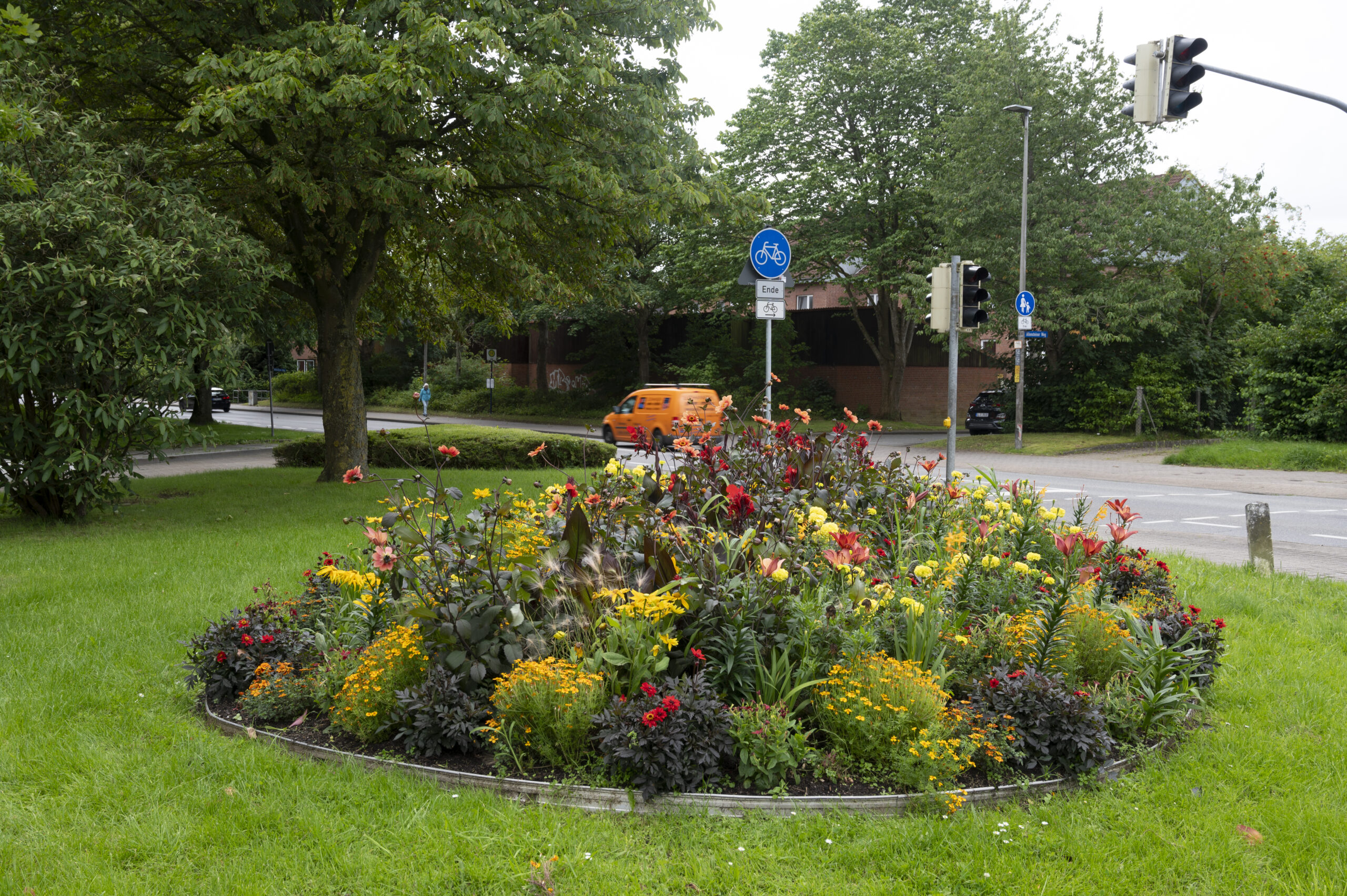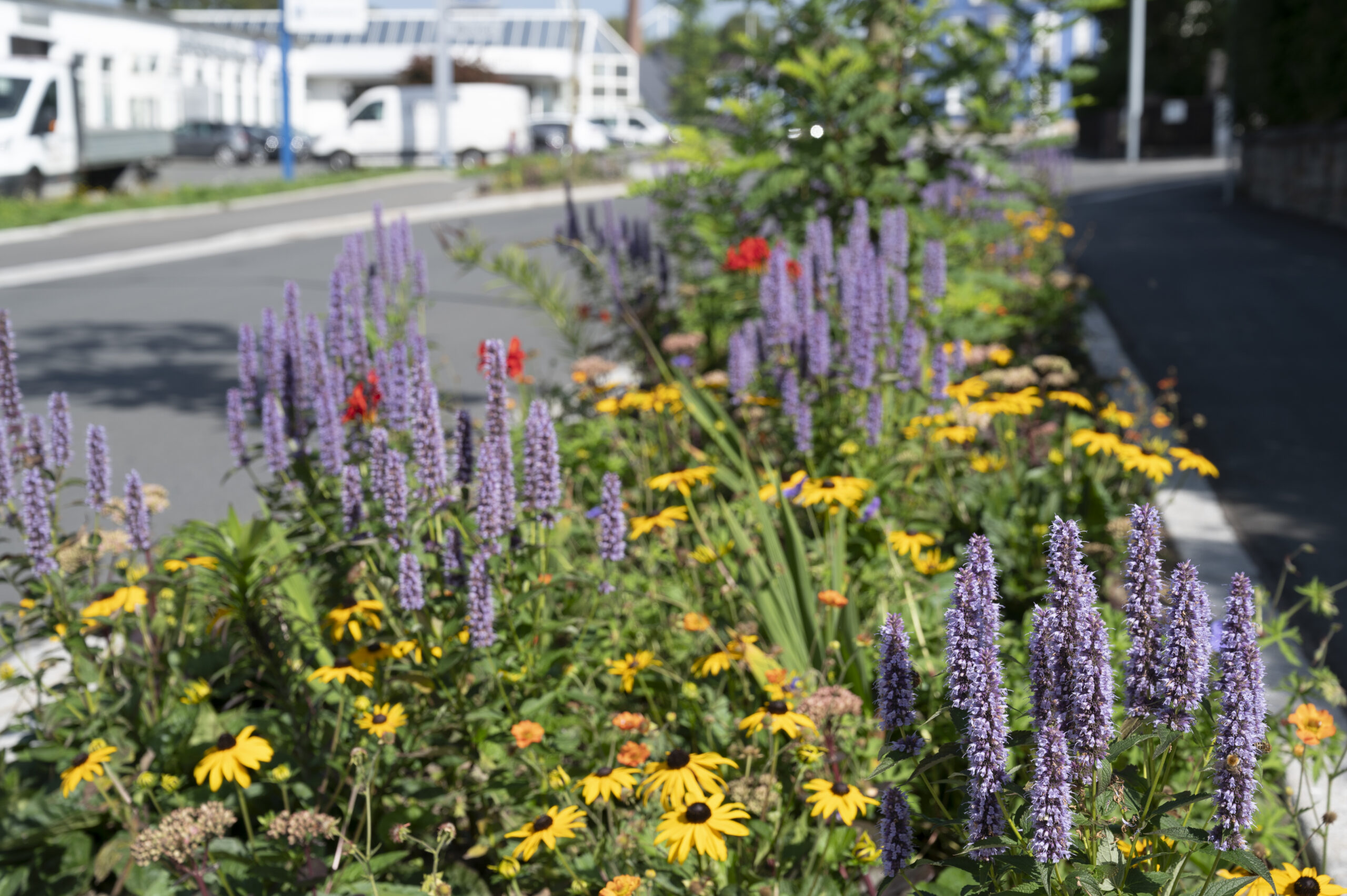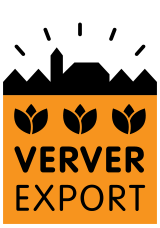In determining Verver Export’s footprint, peat-free cultivation also comes into play. Besides a wide range of dry bulbs and tubers, Verver Export also provides ready-to-plant concepts with bulbs, annuals, and perennials in pots. What does peat-free production mean for these different types of plants? What dilemmas do European growers face when transitioning to peat-free cultivation?
Plants require CO2 for photosynthesis, facilitated by good substrates. The speed at which peat can be replaced in potting soil and substrate mixes depends on research and the availability of suitable renewable raw materials. In addition to reducing the CO2 impact, properties important for meeting quality, food safety, plant resilience, and phytosanitary requirements for export are also crucial.
Role of peat
Classic potting soil contains peat as the main ingredient, and for good reason. Peat is stable, weed-free, and has a neutral pH. It feels airy, allowing plants to root easily, and retains water and nutrients well. There’s no better medium than peat for growing plants in pots!
But peat’s fantastic properties also have a downside. Peat extraction affects nature, releasing CO2 when fields are drained, disrupting biodiversity, and slow field recovery.
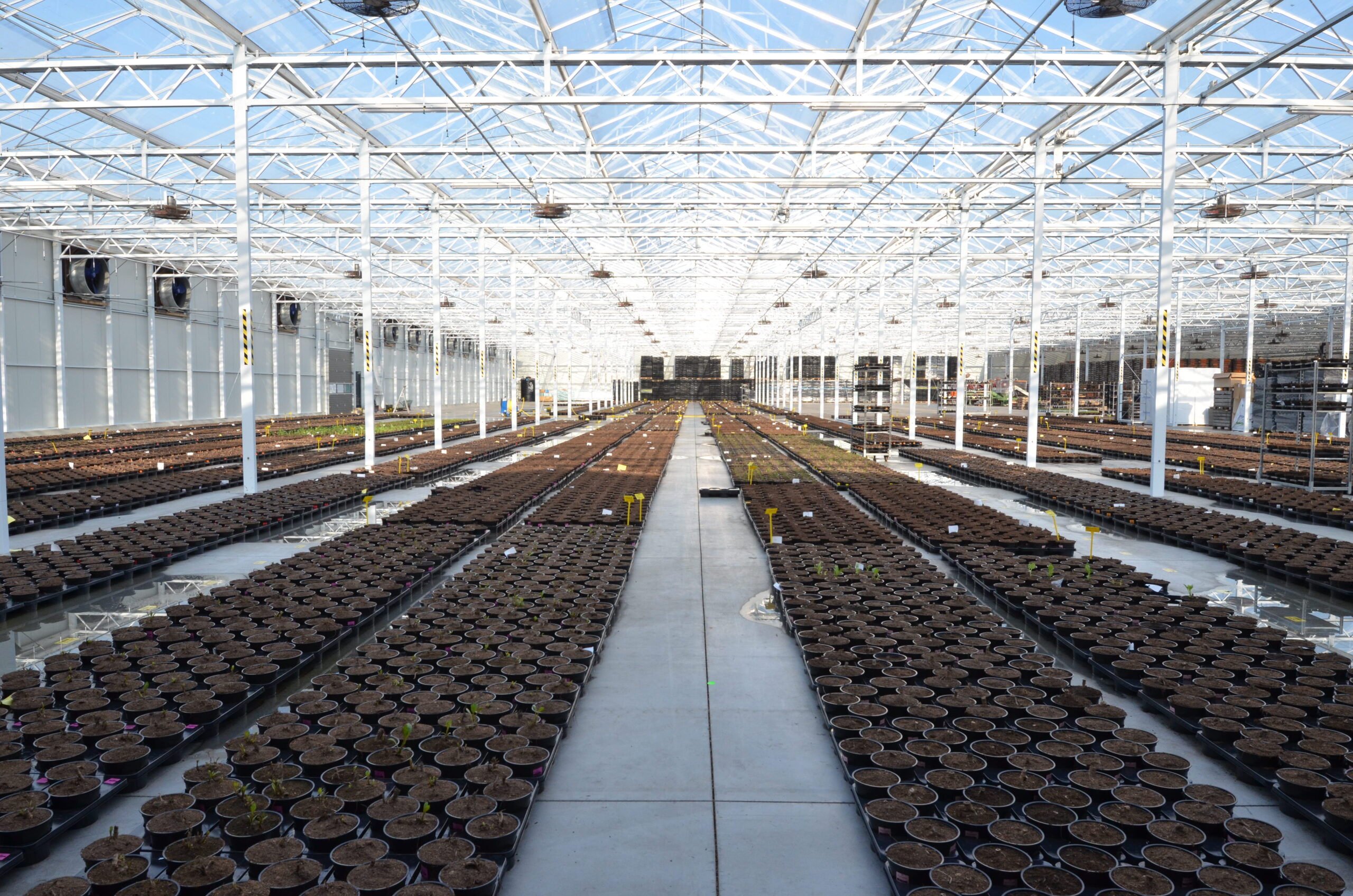
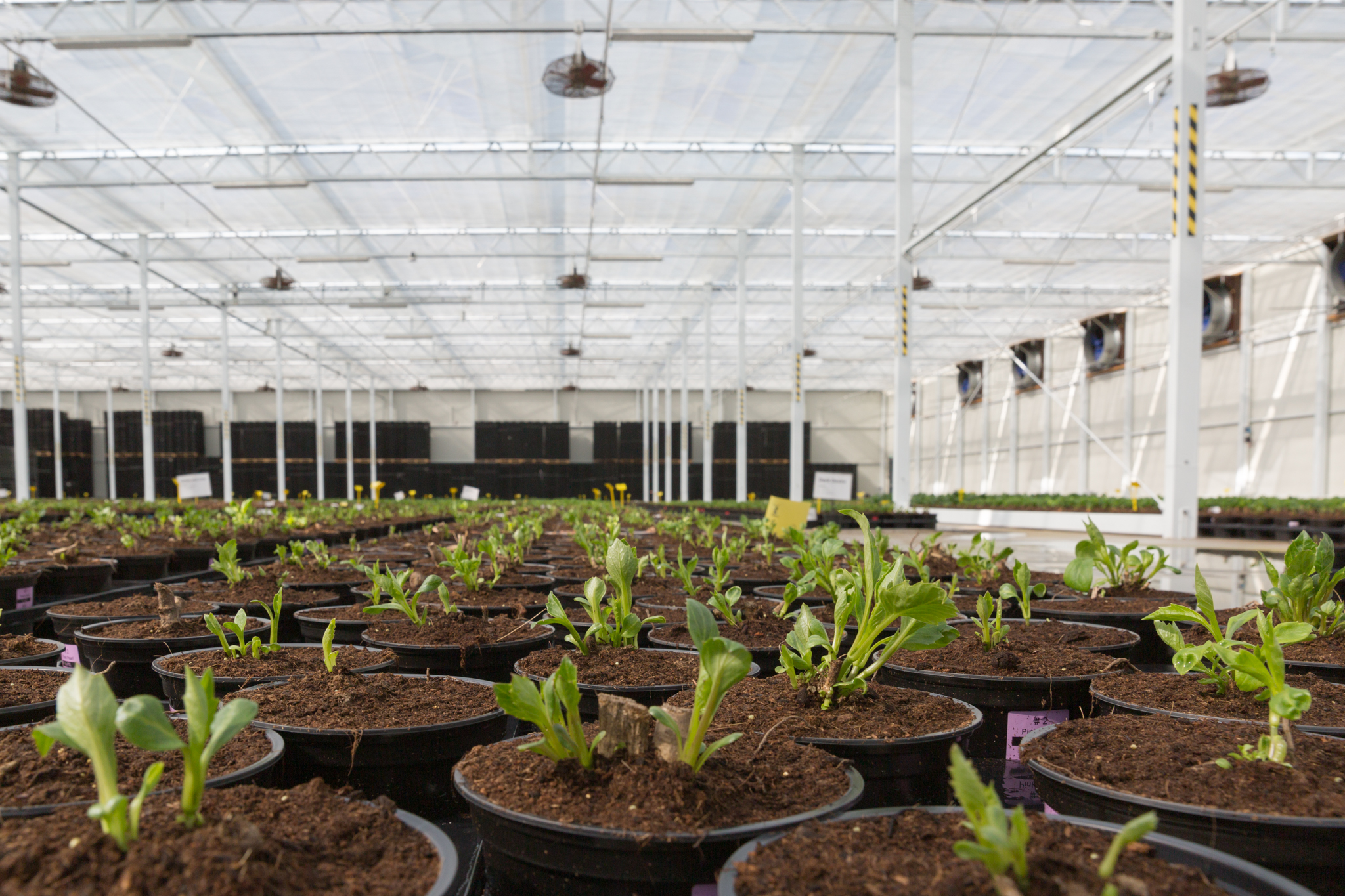
Alternatives?
Peat’s unique characteristics mean no other product can fully replace it. In most cases, peat is replaced by a mix of high-quality, 100% natural materials such as green compost, bark compost, plant and wood fibers, moss, coconut, perlite, grape seed cake, etc.
It’s important to consider the sustainability of these alternative materials. Importing coconut fibers from the other side of the world doesn’t contribute to a sustainable CO2 footprint!
Criteria for good potting soil include:
- Good capillary action
- Large air capacity for healthy and rapid root development
- Reliable drainage and stable structure
- Simpler substrate wetting
- Dryer surface, less algae and liverwort growth
- Stable nitrogen balance, suitable for a normal feeding regime
- Low weight, lower transportation costs
- Renewable raw materials

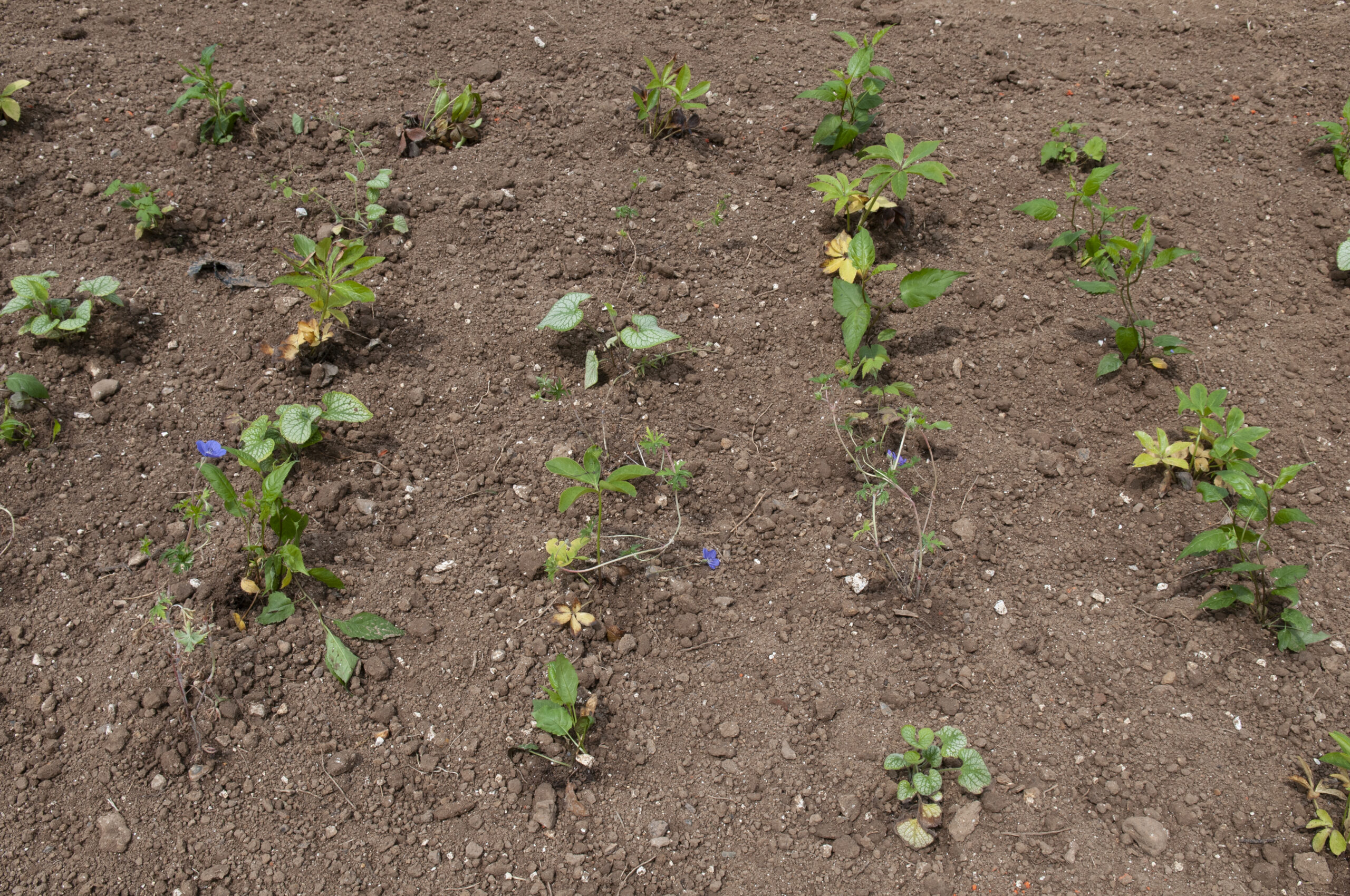
Pitfall
Peat-free substrates dry out faster as they lack peat, known for its water retention. While this is a great property for those familiar with watering peat-based substrates, it requires adjusting watering frequency for peat-free substrates. Most peat-free substrates need less water per watering but more frequent watering. Growers must find the right watering regime for the chosen peat-free substrate and the plants’ needs on the nursery.
Another aspect is substrate pH. Peat-based substrates are limed to achieve a pH suitable for plant rooting. Peat-free potting soil also has a pH suitable for 99% of crops. However, it’s important to note that peat can act as a buffer, stabilizing pH fluctuations better than peat-free potting soil.
Learning & communicating
Most crops will grow regardless of the chosen medium/composition. In practice, there’s much to learn to find the right cultivation method (fertilization/watering) in changed substrate compositions. Equally important is communicating what we learn to our product consumers who also grow our bulbs and tubers on peat-free potting soil. For users in public green spaces planting our concepts in the ground, investigating whether an adjusted watering policy is necessary is crucial.
